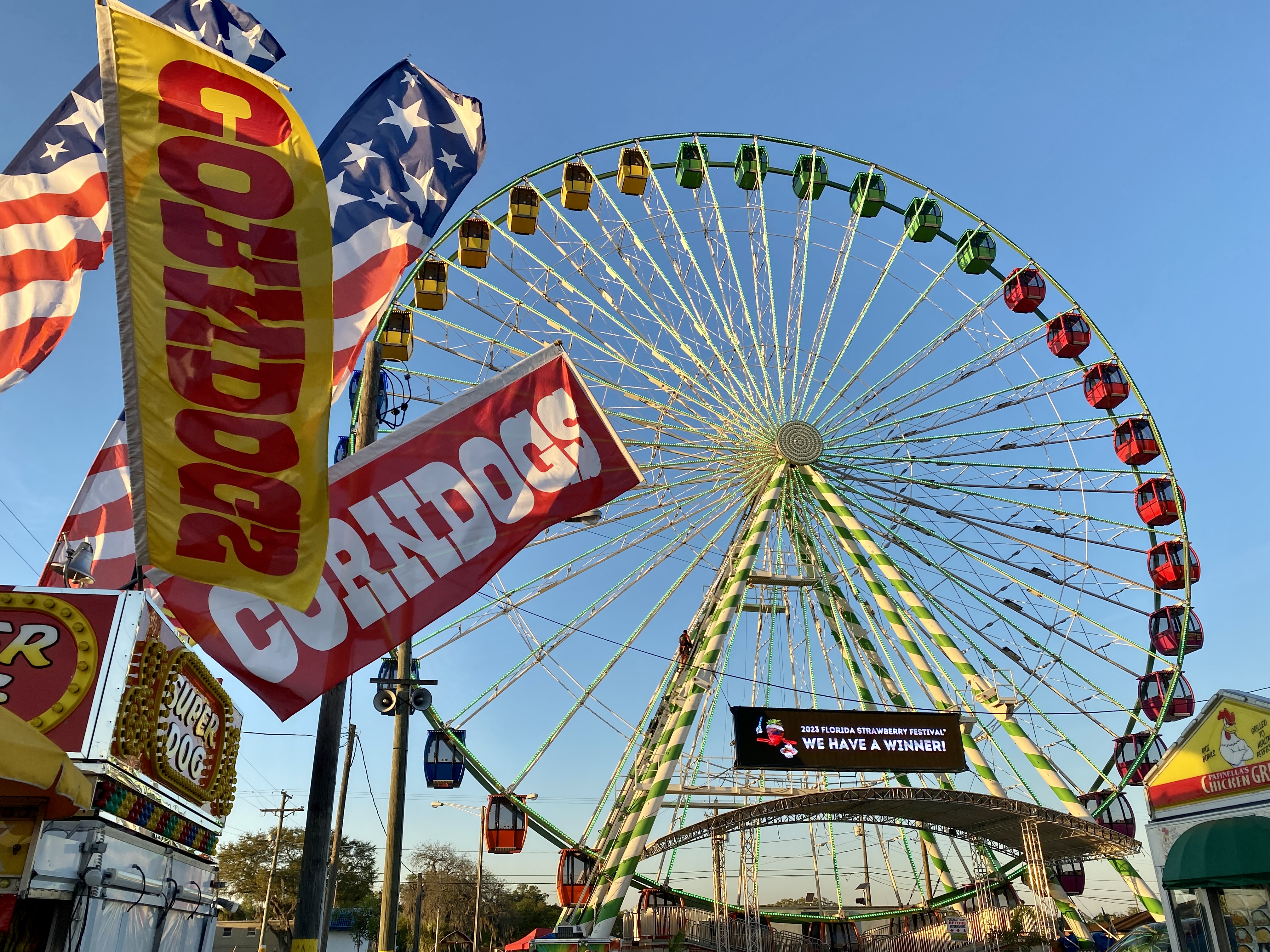(NEXSTAR) – A new study found that the top 20 most dangerous states for pedestrians have all became increasingly deadly between 2011 and 2020 – a sign of a troubling trend that the study’s authors say is growing nationwide.
“While the unprecedented COVID-19 pandemic upended many aspects of daily life, including how people get around, one terrible, long-term trend was unchanged: the alarming increase in people being struck and killed while walking,” urban policy group Smart Growth America wrote in their report, Dangerous by Design 2022.
Pedestrian deaths across the country jumped to a new high in 2020 – more than 6,500, or nearly 18 each day – the report found, citing the latest available federal data. Once the data is released, annual deaths in 2021 may surpass 7,200, according to projections from the Governors Highway Safety Association.
The Washington D.C.-based nonprofit found that the metro area with the most average annual deaths per 100,000 people was in Florida, Deltona-Daytona Beach-Ormond Beach, 4.25. Rounding out the top five were Albuquerque, New Mexico (4.19); Memphis, Tennessee (3.93); Tampa-St. Petersburg-Clearwater in Florida (3.55); and Charleston-North Charleston, South Carolina (3.54).
Stockton was ninth with 3.35 deaths on average, and Fresno tenth, with 3.25 deaths.
Also in the top 25 deadliest cities:
| Rank | Metro area | Avg. deaths/100K people per year |
| 1 | Deltona-Daytona Beach-Ormond Beach, FL | 4.25 |
| 2 | Albuquerque, NM | 4.19 |
| 3 | Memphis, TN-MS-AR | 3.93 |
| 4 | Tampa-St. Petersburg-Clearwater, FL | 3.55 |
| 5 | Charleston-North Charleston, SC | 3.54 |
| 6 | Jacksonville, FL | 3.44 |
| 7 | Bakersfield, CA | 3.41 |
| 8 | Orlando-Kissimmee-Sanford, FL | 3.37 |
| 9 | Stockton, CA | 3.35 |
| 10 | Fresno, CA | 3.25 |
| 11 | Baton Rouge, LA | 3.2 |
| 12 | Palm Bay-Melbourne-Titusville, FL | 3.13 |
| 13 | Tucson, AZ | 3.12 |
| 14 | Miami-Fort Lauderdale-Pompano Beach, FL | 3.11 |
| 14 | Riverside-San Bernardino-Ontario, CA | 3.11 |
| 16 | Columbia, SC | 3 |
| 17 | Greenville-Anderson, SC | 2.97 |
| 18 | El Paso, TX | 2.95 |
| 19 | North Port-Sarasota-Bradenton, FL | 2.92 |
| 20 | San Antonio-New Braunfels, TX | 2.82 |
| 21 | Lakeland-Winter Haven, FL | 2.81 |
| 22 | Phoenix-Mesa-Chandler, AZ | 2.8 |
| 23 | Cape Coral-Fort Myers, FL | 2.78 |
| 24 | Little Rock-North Little Rock-Conway, AR | 2.75 |
| 25 | Las Vegas-Henderson-Paradise, NV | 2.62 |
When it comes to state rankings, the top 10 most dangerous are:
- New Mexico
- Florida
- South Carolina
- Arizona
- Delaware
- Louisiana
- Mississippi
- Nevada
- Georgia
- California (tied with Georgia)
An uneven death toll
The study found that, just as in past years, the people struck and killed by motor vehicles tended to be older and were more likely to be walking in low-income neighborhoods.
“Although everyone is affected by dangerous street design in some way, this burden is not shared equally,” the authors stated. “Despite other changes, the pandemic perpetuated existing disparities in who is being killed at the highest rates: Black and Native Americans.”
The study blamed those disparities on lower-income neighborhoods being less likely to have sidewalks, marked crosswalks, streets designed for lower speeds and parks or other areas that provide safe spaces for recreational walking.
“Lower-income neighborhoods are also much more likely to contain major arterial roads built for high speeds and higher traffic volumes at intersections, exacerbating dangerous conditions for people walking,” according to the study.
What can be done?
The authors of Dangerous by Design say fatality numbers continue to climb each year because our nation’s streets and intersections are planned with driving efficiency, not pedestrian safety, in mind.
“The result in 2020 was a significant increase in all traffic fatalities, even with less driving overall due to the pandemic,” according to the study.
While speed limit signs may provide periodic reminders to drive safely, the design of city roads can be far more influential, the group argues.
Long, straight, multi-lane thoroughfares built to allow the maximum number of vehicles to get from one point to another are a recipe for higher speeds, according to one example from the study. Add rounded sidewalk corners at intersections and drivers will be able to turn off those thoroughfares at maximum speed, potentially endangering pedestrians trying to cross the street.
A Texas A&M study found that reducing the turning radius at an intersection from 30 feet to 10 feet will likely decrease pedestrian-involved accidents by 30 percent.
The group is calling on public planners to prioritize safe street design as well as mixed land use – creating neighborhoods in which work, restaurants, shops, parks and other attractions are close by.
“To do so, they will have to unwind the deeply embedded, invisible yet powerful emphasis on speed, which is completely incompatible with safety,” the study says.







